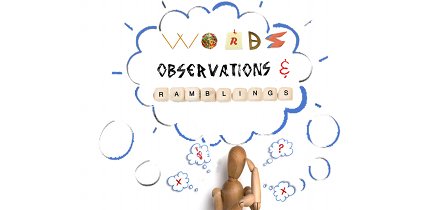Introducing Gulf Futurism as an art movement that reflects the hyper-modernization of the Gulf States.
«Everything is becoming science fiction.
From the margins of an invisible literature
has sprung the intact reality of the twentieth century. »
J. G. Ballard[1]
American-Qatari author and artist Sophia Al-Maria and Kuwaiti composer and artist Fatima Al Qadiri coined the term «Gulf Futurism» in a 2012 article for Dazed magazine[2]. Emerging in the art milieu, this is an aesthetic movement that recognizes the region’s hyper-modernization as well as its impact on the local culture. Its iconography exposes capitalism contradictions and reveals certain defeats of the modern techno-culture, by applying Arab-centric representations in local contexts and situations. In Al-Maria’s own words:
«One of the most ancient ways of living came head-on against extreme wealth and capitalism – glass and steel against wool and camels. There’s been a quantum leap and there’s a temporal gap. The two things have been stitched together and there’s a missing piece of history. (Our idea of) Gulf Futurism began to coagulate with that idea. »
The term Futurism comes from the Italian art movement born at the beginning of the 20th century under the leadership of the artist Marinetti. Built among patriotic ideas, it claimed humankind’s triumph over nature through technology. It also rejected any nostalgia about the past and the traditional ideas about good taste. Today, Futurism in any of its versions (Afrofuturism, Sinofuturism, etc.) attempts to align society’s imagery with technological advances and new media and addresses, from a post-colonial perspective and humankind’s dreams of becoming.
Gulf Futurism lives in majestic Emirati structures like the tower Burj Khalifa, the artificial island Palm Jumeirah, Masdar city, or the gigantic commercial spaces like Dubai Mall or Mall of the Emirates. It also resides in visionary projects like the Museum of Louvre or the Abrahamic House of Fraternity –which will include a church, a synagogue, and a mosque in Abu Dhabi– or the Museum of the Future in Dubai. Some other examples are the automated city of NEOM in Saudi Arabia, and Qatar’s latest generation of infrastructures for the World Cup. Those are the perfect settings in which to execute the futuristic narratives planned and integrated by the Gulf States, from the Future Investment Initiative by which Saudi Arabia gave citizenship status to the robot Sophia in 2017 to the Dubai’s 2030 Industrial Strategy, the Qatar National Vision 2030, or the United Arab Emirates Strategy for Artificial Intelligence with an eye on 2071.
Al-Maria inserts locals wearing Khaleeji attire in disconcerting images within malls in her art installation Black Friday. Sounds of Islamic prayers overlap slowed-down electronica in Al Qadiri’s album WARN-U. Canadian Iranian artist Bahar Noorizadeh[3] uses science fiction references and imagery in her short films Ultima Ratio Δ Mountain of the Sun and After Scarcity to speak about globalization and digital capitalism in the Middle East, defying the utopic ideas forming our visions about the future. Also, Kuwaiti Monira Al Qadiri[4] mixes local cultural elements with science fiction tropes, like the alien invasions featured in her short film The Craft, to create art installations, videos, and artifacts that celebrate and question at the same time the official version of our past and future history. The sets are hyperbolic, showing rampant consumerism and urban development mixed with the alienation of individuals, more disconnected from the environment than ever through the overuse of technology.
Gulf Futurism applies to a futuristic aesthetic reinterpreted from Islamic Arabism and updated in architectural structures in a historical hostile environment. It demonstrates that Arab-Islamic artists are in a preferent position to reflect any cultural, social, political, and economic tensions regarding our present and the possible futures.
References:
[1] BALLARD, J.G. (1971): Fictions Of Every Kind, Books and Bookmen.
[2] Karen Orton, «The desert of the unreal», 2012: https://www.dazeddigital.com/artsandculture/article/15040/1/the-desert-of-the-unreal
[3] http://www.baharnoorizadeh.com
[4] http://www.moniraalqadiri.com
Sign up to Sail Newsletter
Never miss another article!
Thank you for subscribing.
Something went wrong.


1 Comment